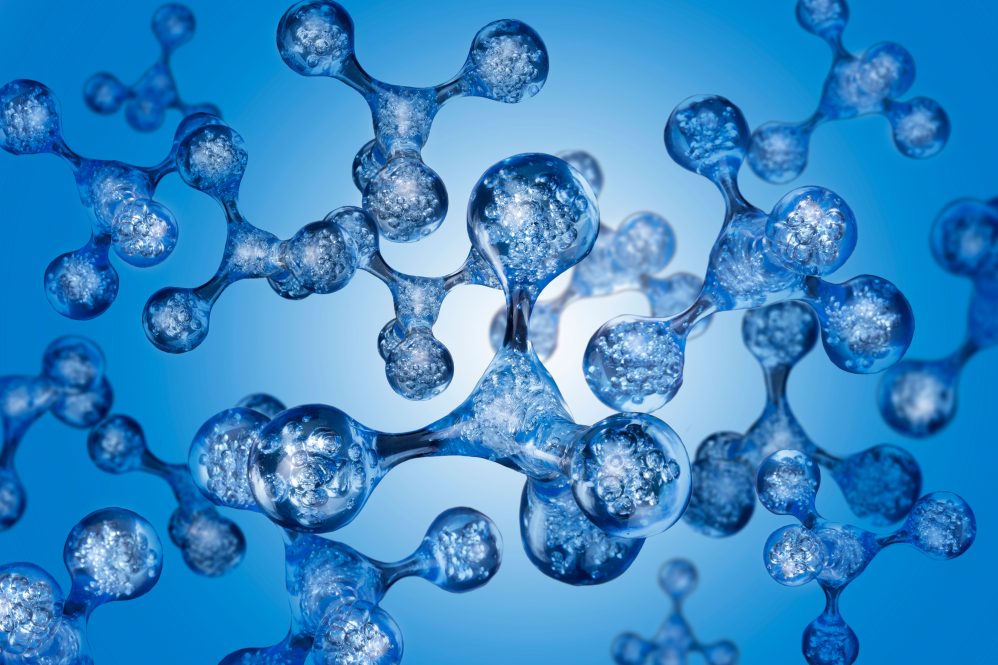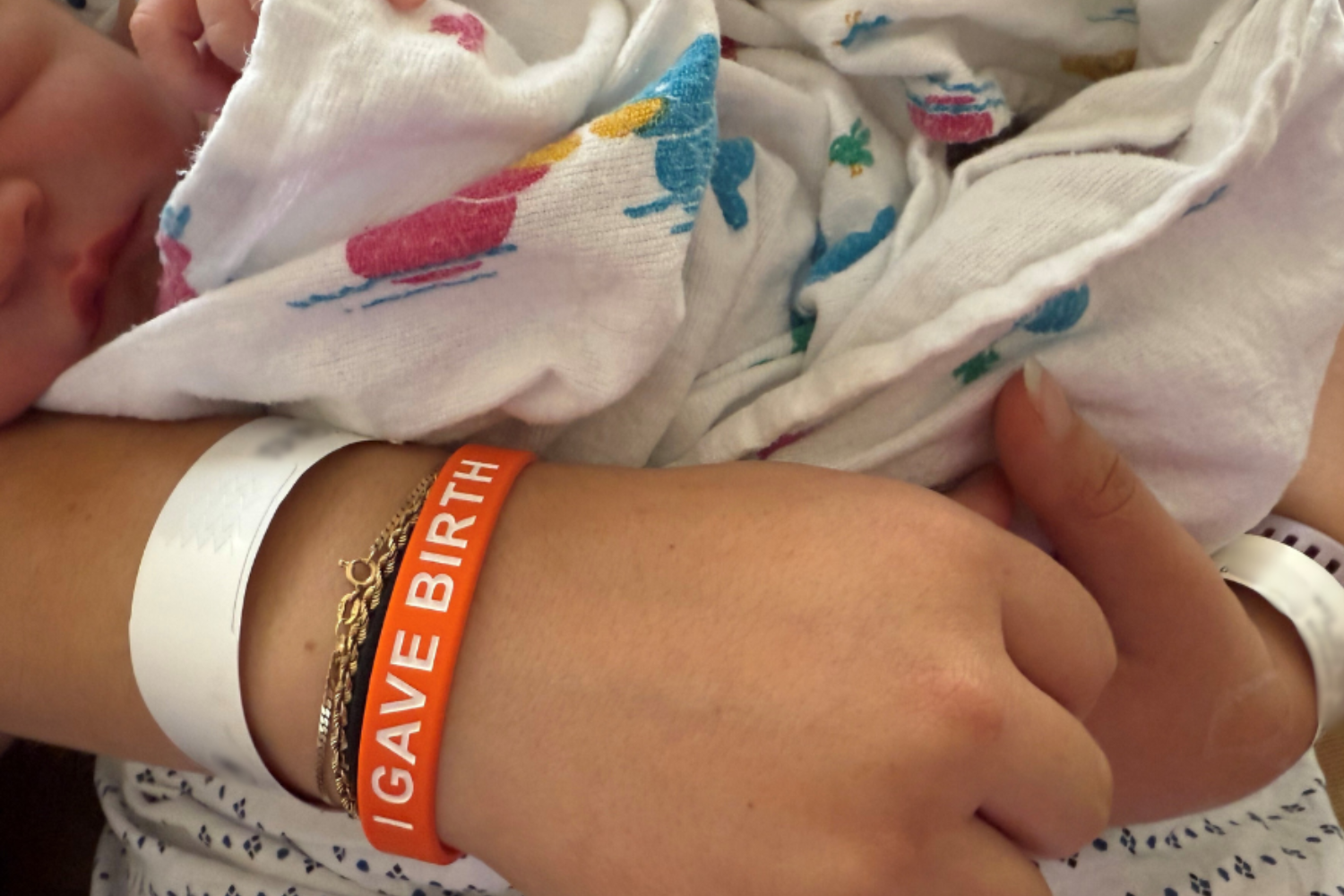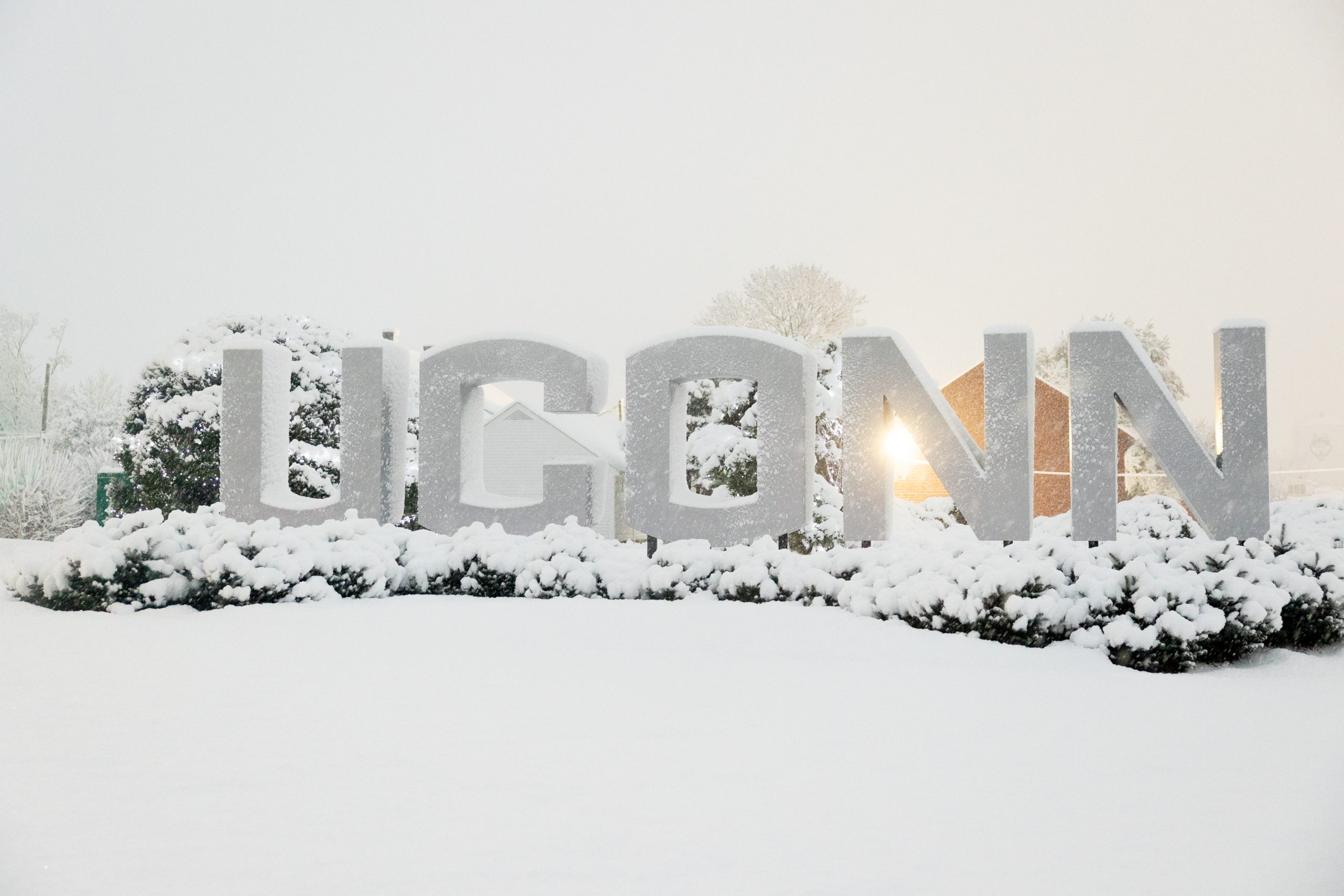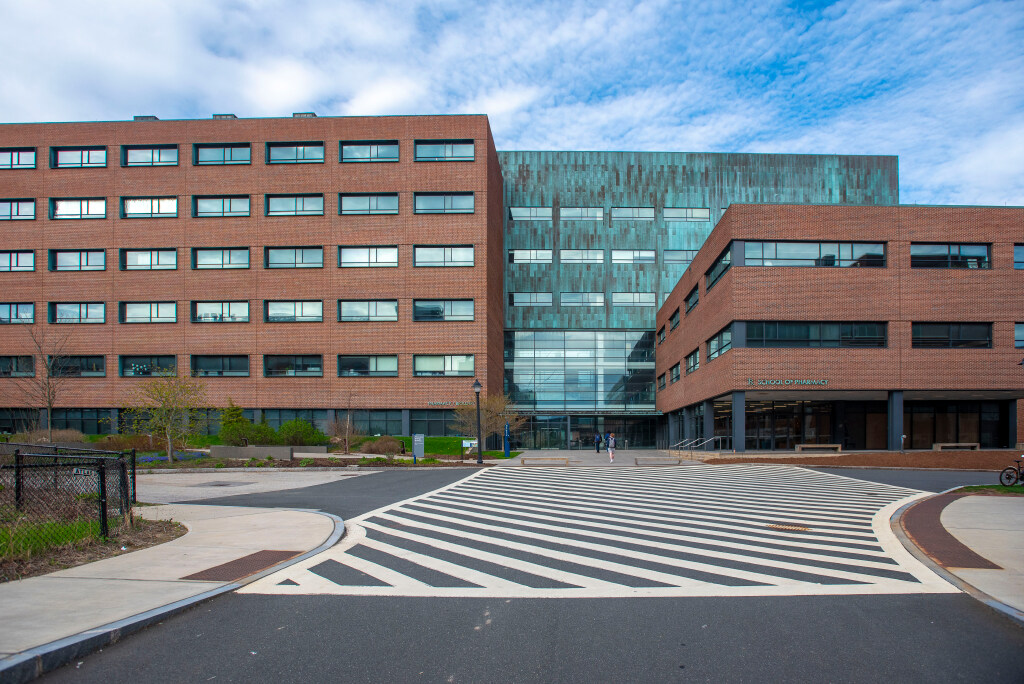For assistant Professor J. Nathan Hohman and a group of dedicated scientists and researchers around the globe, today’s experiments in material science are laying the groundwork for the creation of brand-new material structures.
Hohman, an assistant professor in chemistry at UConn’s Institute of Materials Science, is part of a group of research scientists that is developing a new technique that could teach us how to create configurations of atoms never found in nature.
“Every new, exciting technology that we want to have–whether it’s room temperature superconductors or quantum computers–they are going to be ultimately made out of atoms,” Hohman says.
But if there is an arrangement of those atoms that hasn’t been found in nature, how would scientists know to make it? Or even to look for how to make it? That is where Hohman’s team comes in.
“What my program is meant to do is give us the tools that let us predict what we want to make, actually make it, and then characterize it and see if we actually made it or not,” Hohman says.
Through new data processing techniques, Hohman and his collaborators can take one little micron crystal and solve the crystal structures of materials. In 2022, they used this new capability for the first time to study bioinorganic luminescent semiconducting polymers. Because they’re biopolymers–substances produced by natural sources, such as living organisms – they have a very specific luminescence, one which is circularly polarized. In essence, according to Hohman, they can predict the molecular structure of a material based on the light that is emitted from the microscopic crystals.
In October 2023, Hohman and several graduate students conducted an experiment in California with a few of these new polymers based on sugars, glucose and galactose, and formed entirely different crystal structures in the materials.
While this could have applications for display technologies, like screens and complex sensors, for Hohman these experimental successes were more important: method break proofs that could change how scientists approach materials experiments in the future.
“It’s pretty exciting,” Hohman says. “It solves a huge problem in our field where if you are making materials that form small crystals, then you can’t solve the crystal structure.”
In tandem with the new materials methods, Hohman and his team are working with specially trained computers to process data and analyze potential unknown materials structures faster than ever before possible. This Euclidean neural network, a form of AI, predicts how tiny changes in the molecules can lead to new possibilities for two-dimensional materials.
“This has a couple direct applications to me, as a professor,” Hohman says. “Number one, I get a bunch more data now a lot faster than I would have otherwise. But it also gives us a bunch of new capabilities, where we can really do new things looking at how light and matter react in kind of a quantum way at very, very short time scales.”
And Hohman is hoping to show the public the exciting things that are happening in his field. After a paper published in the scientific journal Nature led him to connect with journalist and science communicator Laura Leay, Hohman brought a film crew to one of these method proof experiments in Japan. Geared more towards the general public, Crystal Hitters follows Hohman and his students as they search for the answers to questions about materials no one else has yet been able to ask.



